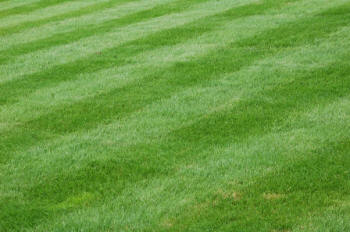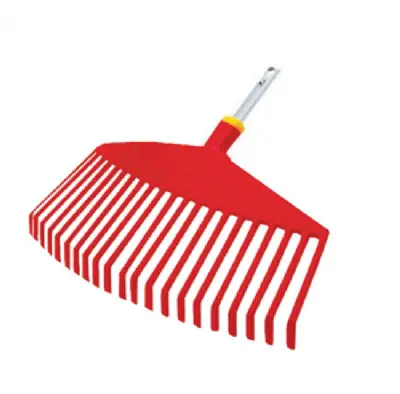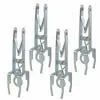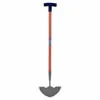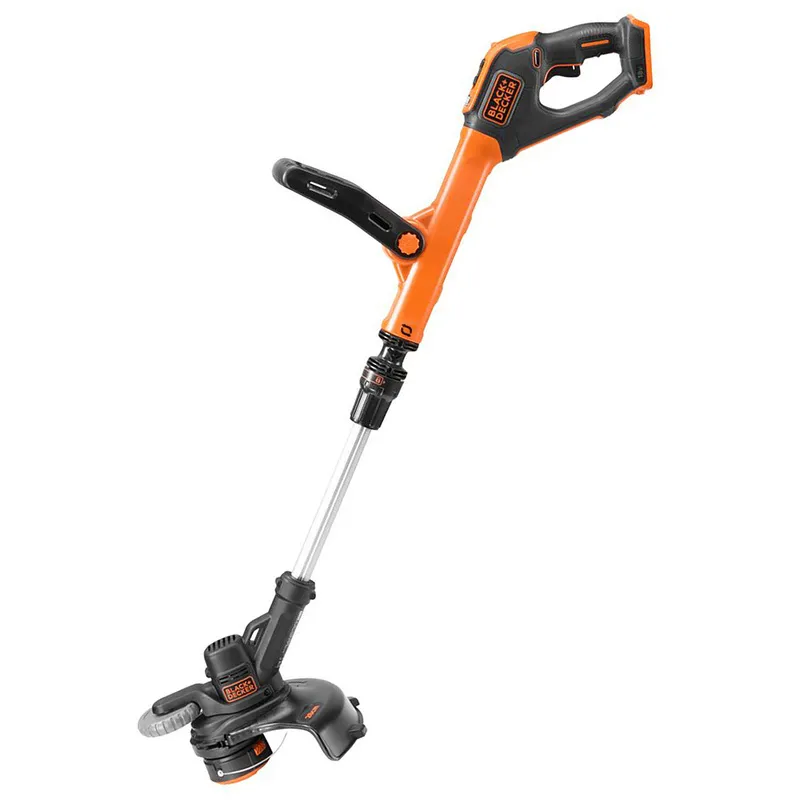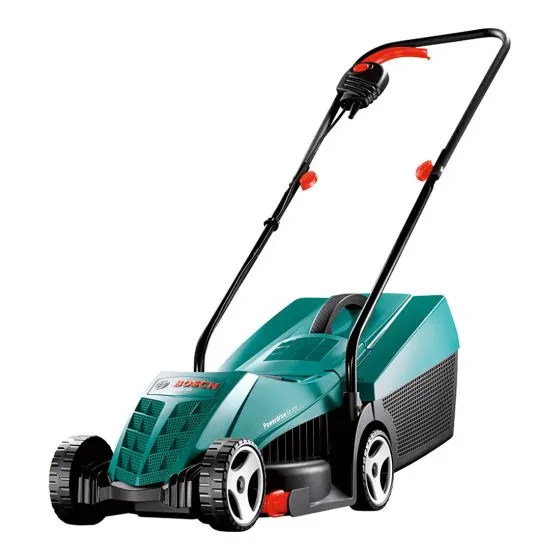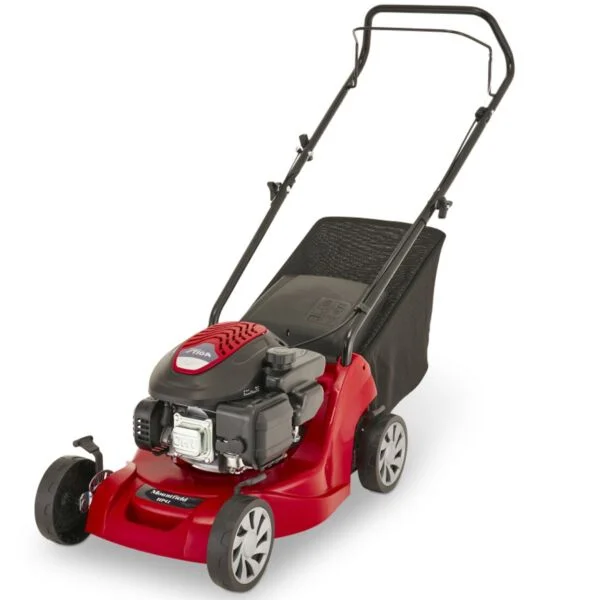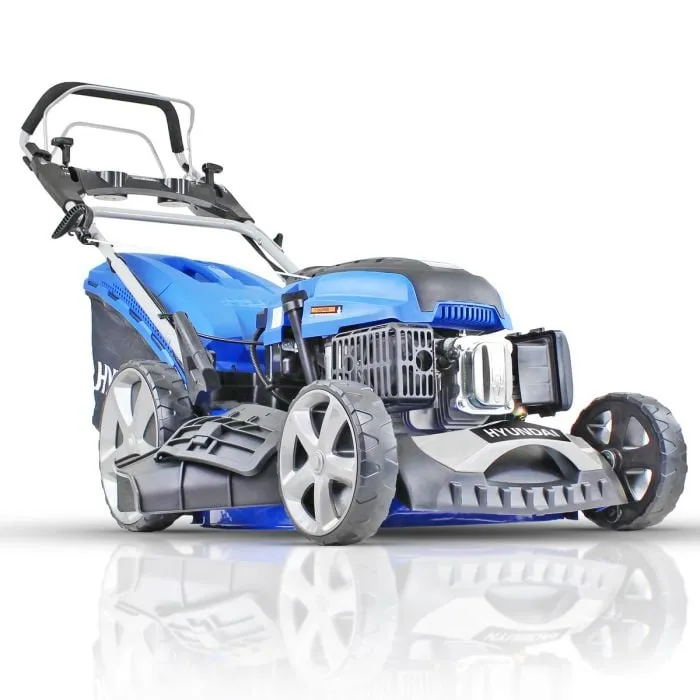Ah, spring! A time when the world seems to awaken with vibrant colours and fresh scents, and for us gardeners in the UK, it's a clarion call to arms—or should I say, to lawns! As the frost retreats and the first green shoots timidly peek through the soil, it's our moment to ensure our lawns are ready to flourish in the glory of the sun. Let’s embark on a journey through the essential steps of spring lawn maintenance and care, transforming your garden into a lush, verdant haven.
Step 1: Only preform this Task if your Lawn is not too Wet
If the lawn is dry enough, then it would be good to start the spring maintenance with a light roll. All sorts of things happen to the lawn and the soil under it in winter months - often resulting in some of the grass being actually lifted slightly. A light roll, either with the roller on a mower or a purpose made roller will settle the grass down again. Not a heavy roller! Do not expect to be able to roll an uneven and bumpy lawn flat. It does not work.
Step 2: Wake Your Lawn from Its Winter Slumber
First things first, let's gently wake your lawn from its winter slumber. Grab your rake and lovingly remove any thatch or debris that has accumulated over the colder months. This act of care allows your grass to breathe, soaking up all the sunlight and nutrients it has missed. According to sources like This Old House and The Home Depot, raking or de-thatching is a vital first step in spring lawn care.
Step 3: Let It Breathe - Aerate the Soil
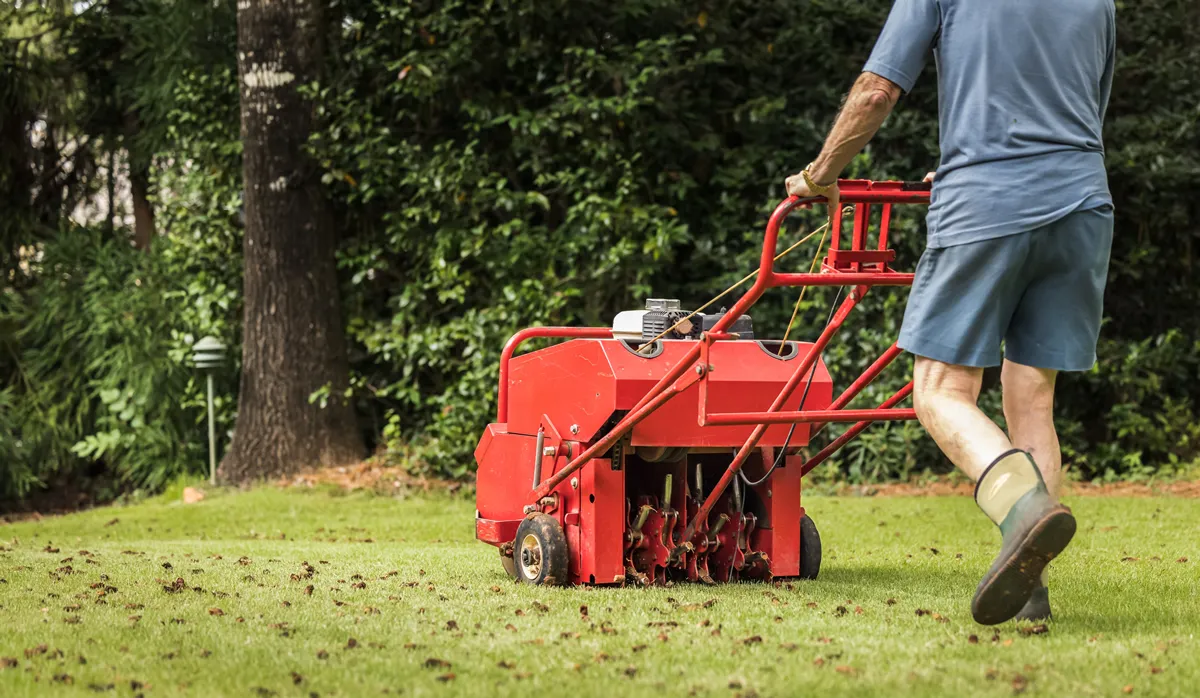 A gardener Aerating his lawn
A gardener Aerating his lawn
Next, we aerate. Just as we enjoy stretching after a long rest, your lawn needs to stretch out too. Aerating the soil helps relieve compaction, allowing air, water, and nutrients to penetrate deep into the roots. Tools can make this task easier, creating small holes throughout your lawn for that much-needed breath of fresh air.
Step 4: Nutritional Boost - Fertilize
Now, for a bit of pampering. Sprinkle a bit of magic dust—also known as fertilizer—across your lawn. This provides an essential nutritional boost, encouraging healthy growth. Opt for a slow-release formula that feeds your grass gradually, ensuring it gets just what it needs, when it needs it.
Step 5: Patchy No More - Overseed
Is your lawn looking a bit...bald? Fear not! Overseeding is the answer. Scatter new grass seeds over any bare patches, and even across the entire lawn to promote a thick, luscious carpet of green. Remember, patience is key; keep the area moist and avoid walking on newly seeded patches until the grass has established.
Step 6: The Thirst Quencher - Watering
Water, the essence of life! Your newly pampered lawn will be thirsty, especially as the sun grows stronger. Water deeply but infrequently, encouraging roots to grow deeper in search of moisture. Early morning is the best time to water, reducing evaporation and giving your lawn a full day to drink up.
Step 7: Mowing - The Art of the Trim
As your lawn begins to flourish, it's time to start mowing. But not too short! Cutting your grass to the ideal height encourages strong root development and prevents weeds from taking hold. Each type of grass has its preferred height, so do a bit of research to find out what works best for your lawn.
Step 8: Weed and Pest Control
Lastly, keep an eye out for uninvited guests. Weeds and pests can quickly undo all your hard work. Address these issues promptly, choosing environmentally friendly solutions whenever possible. Healthy, well-maintained lawns are less susceptible to invasion, so consider prevention as your first line of defense.
And there you have it, dear gardeners of the UK, your comprehensive guide to spring lawn maintenance and care. With a bit of effort, love, and patience, your lawn can become the envy of the neighborhood—a verdant oasis that beckons you to barefoot bliss. Here's to a spring filled with growth, renewal, and the joy of gardening!
Most of the 'hard' work should have been carried out with the Autumn Lawn Care and maintenance tasks. Spring is NOT a good time for scarifying the lawn - as has been explained in the Autumn page.

 The perfect lawn
The perfect lawn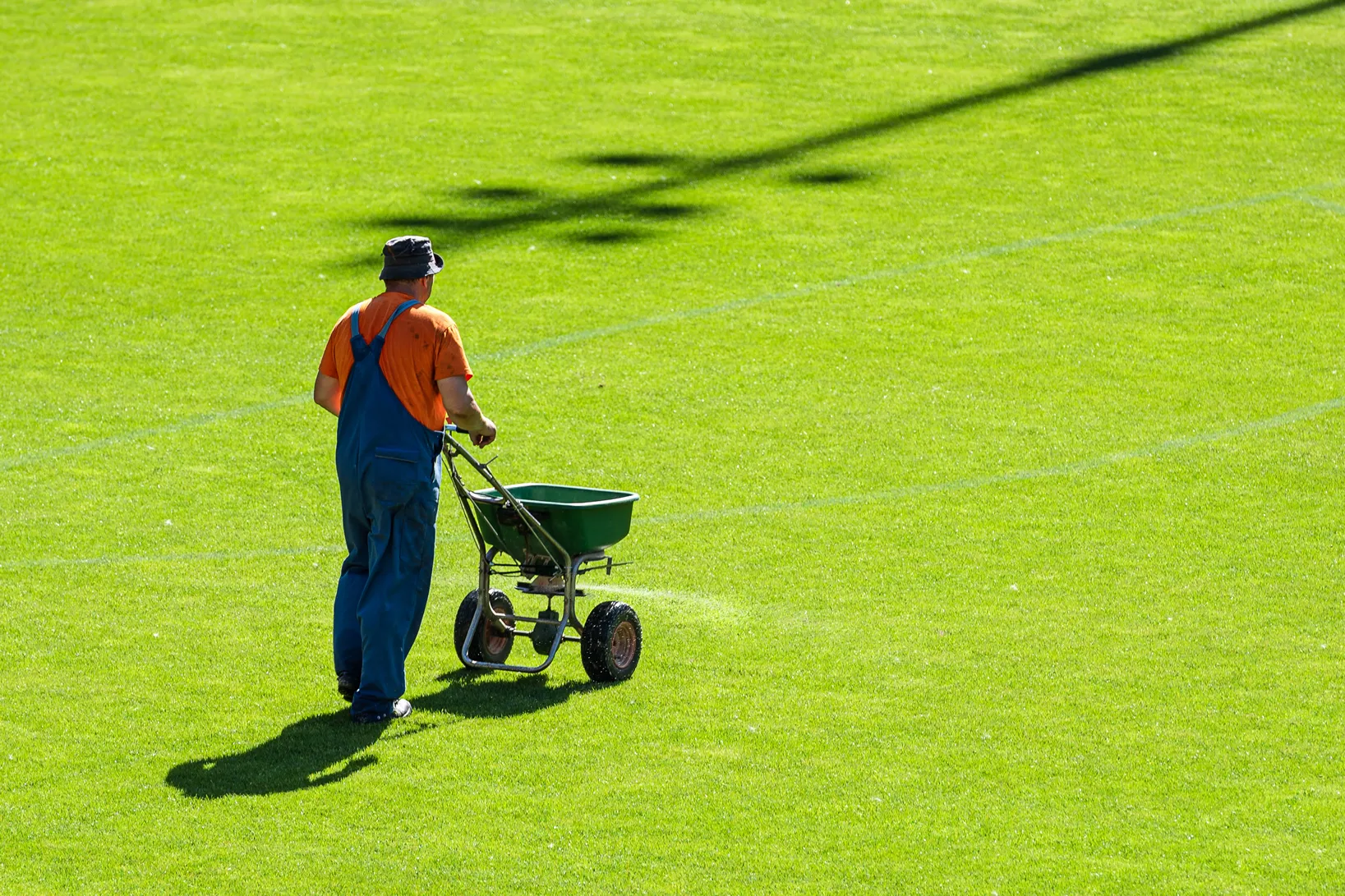 a gardener fertilizing a perfect lawn
a gardener fertilizing a perfect lawn A gardener Aerating his lawn
A gardener Aerating his lawn A view of special aerator for the handling and laying of the lawn on green grass. Garden machines concept.
A view of special aerator for the handling and laying of the lawn on green grass. Garden machines concept. Worker guy shake pour grass from lawn mower bag into wheelbarrow. Garden meadow lawn cutting. Summer works in garden. Static shot.
Worker guy shake pour grass from lawn mower bag into wheelbarrow. Garden meadow lawn cutting. Summer works in garden. Static shot.